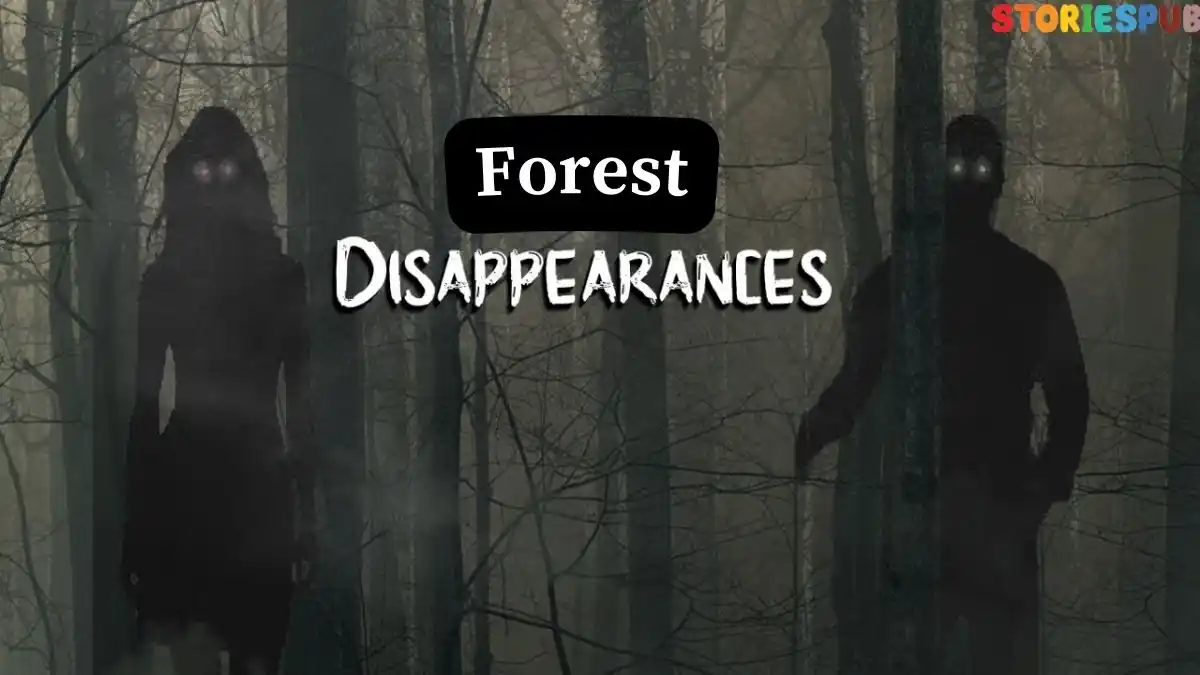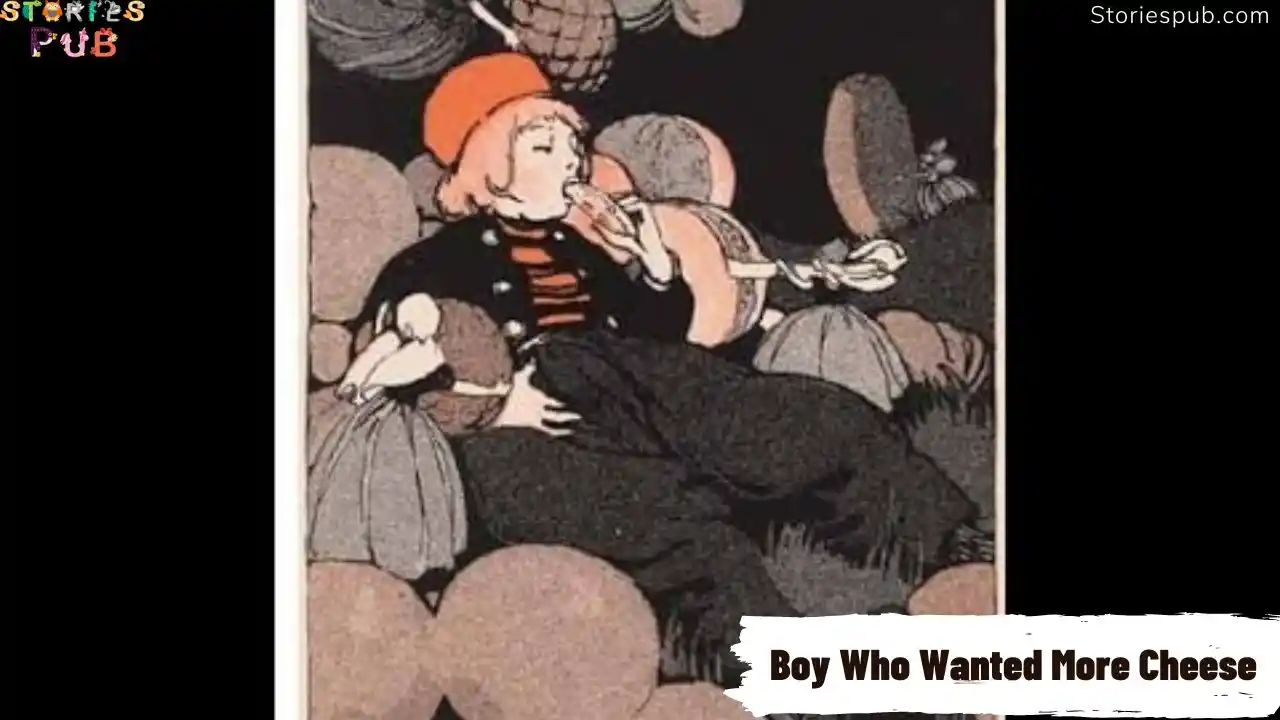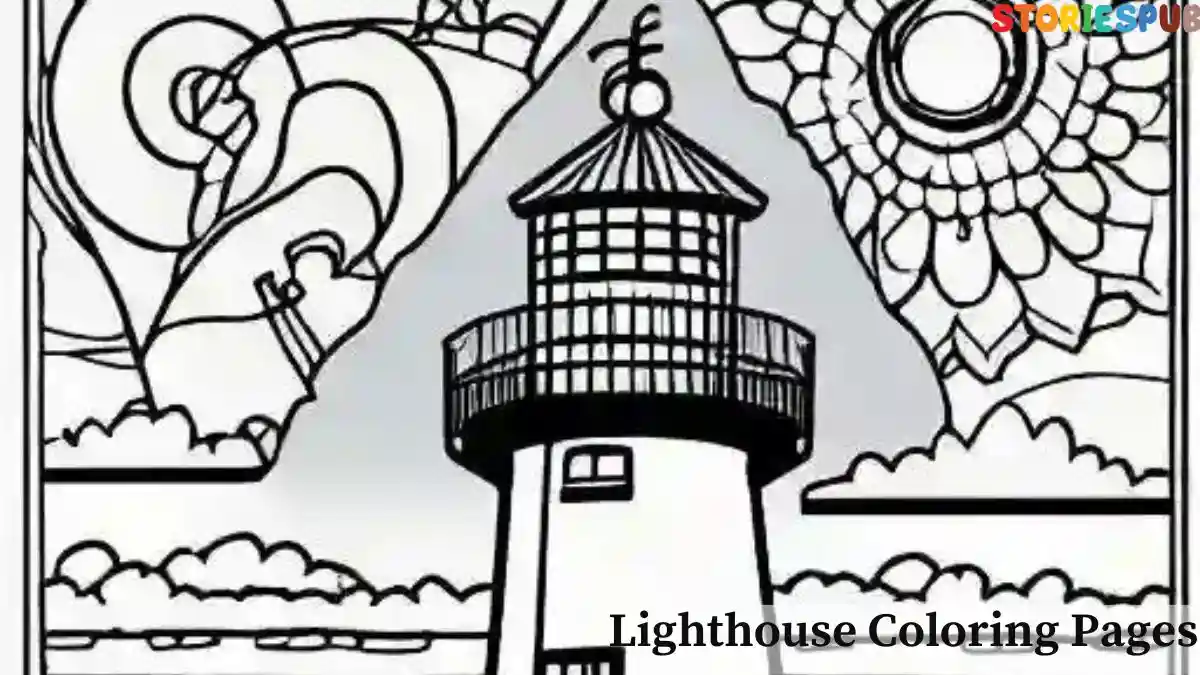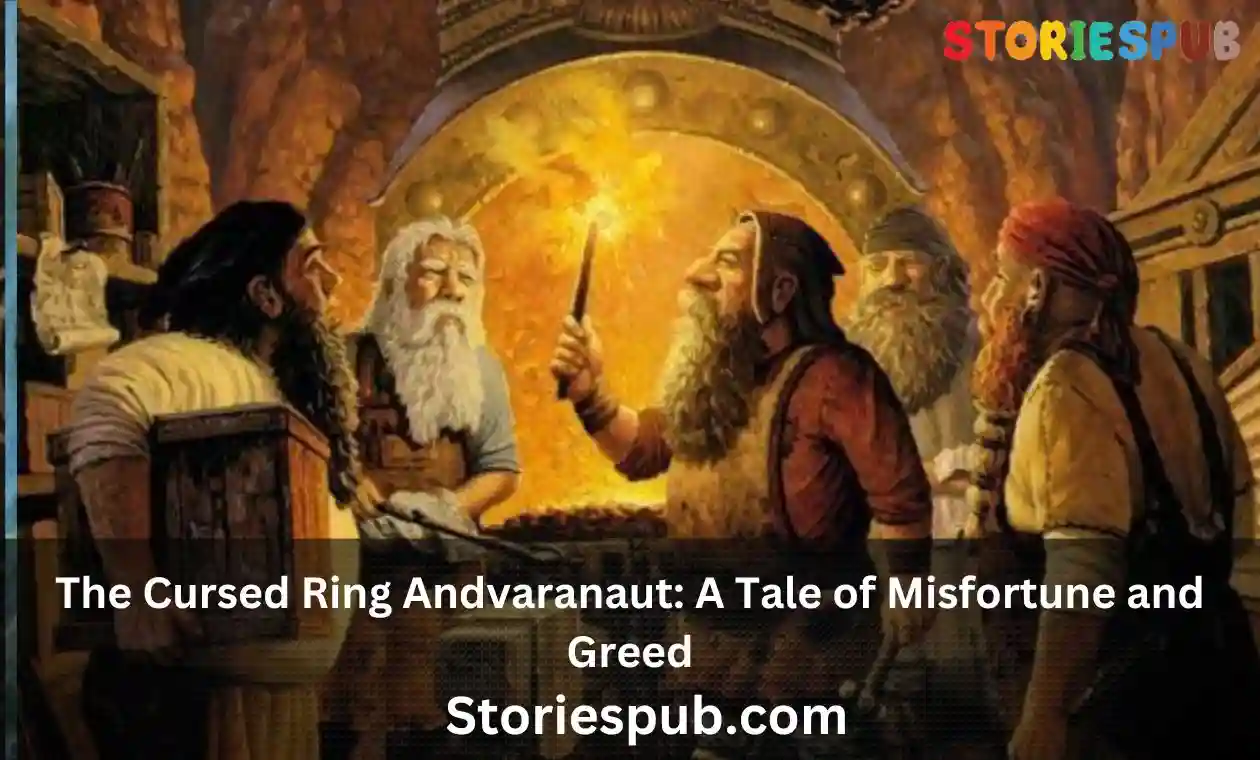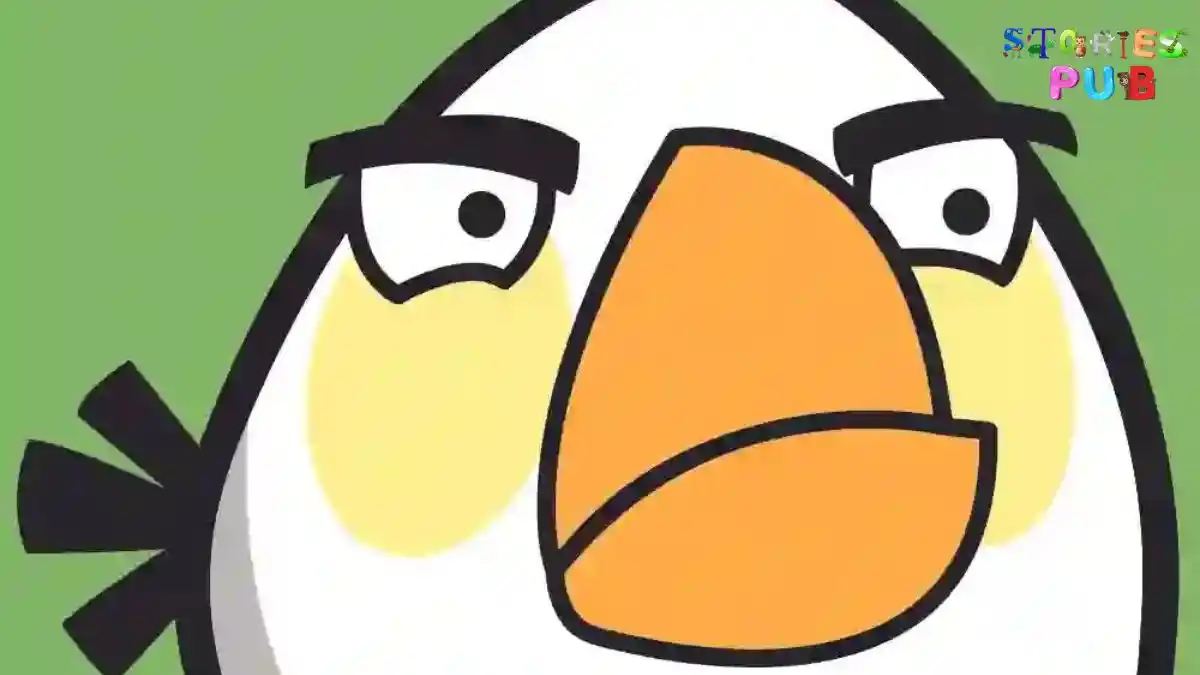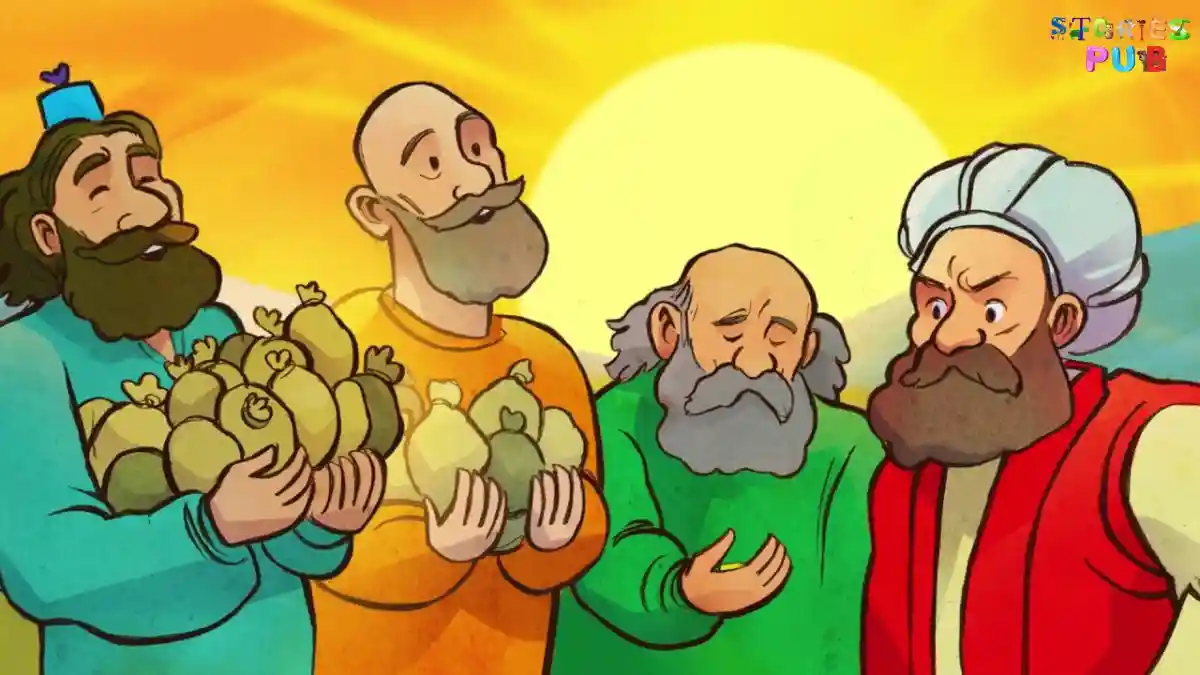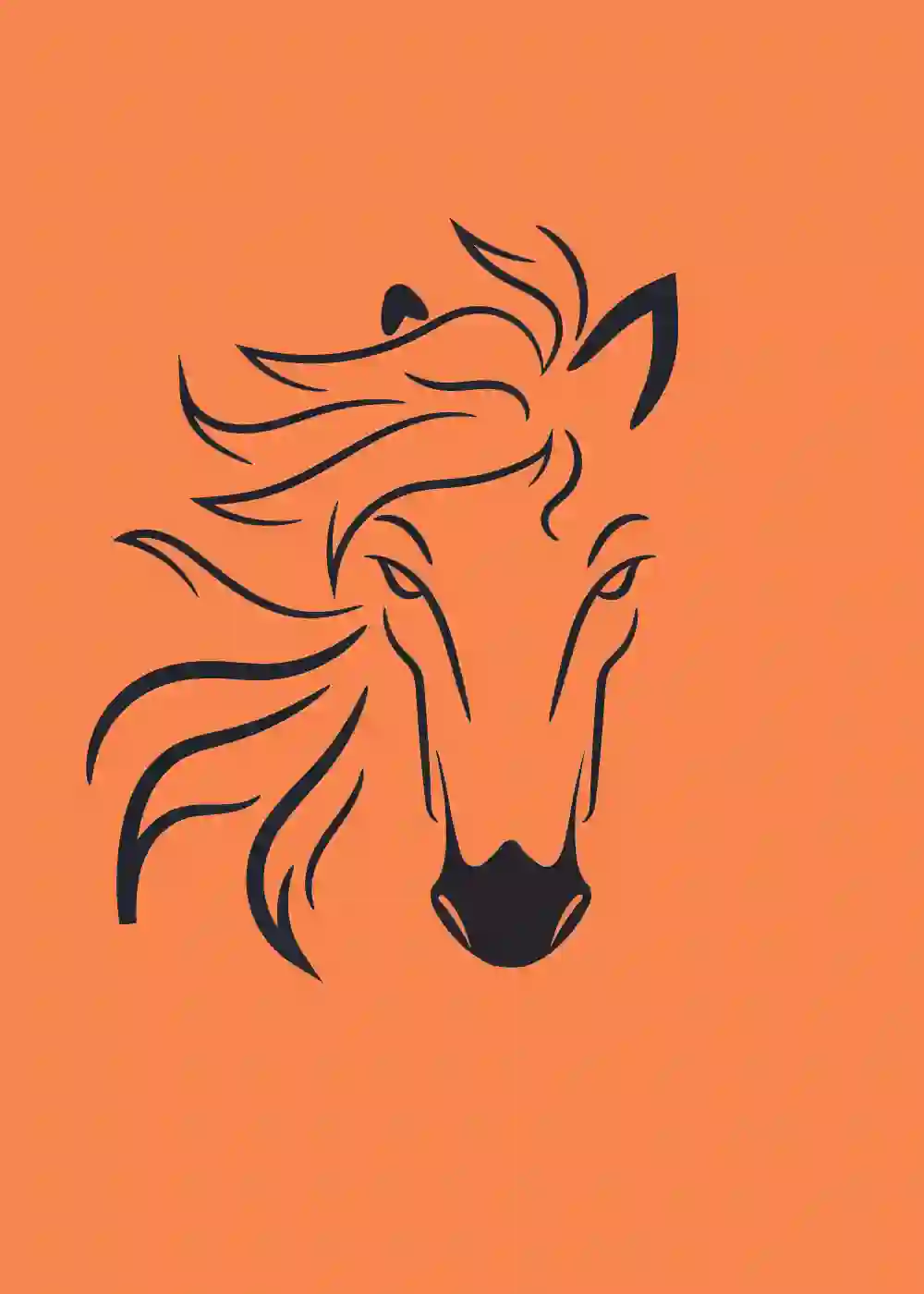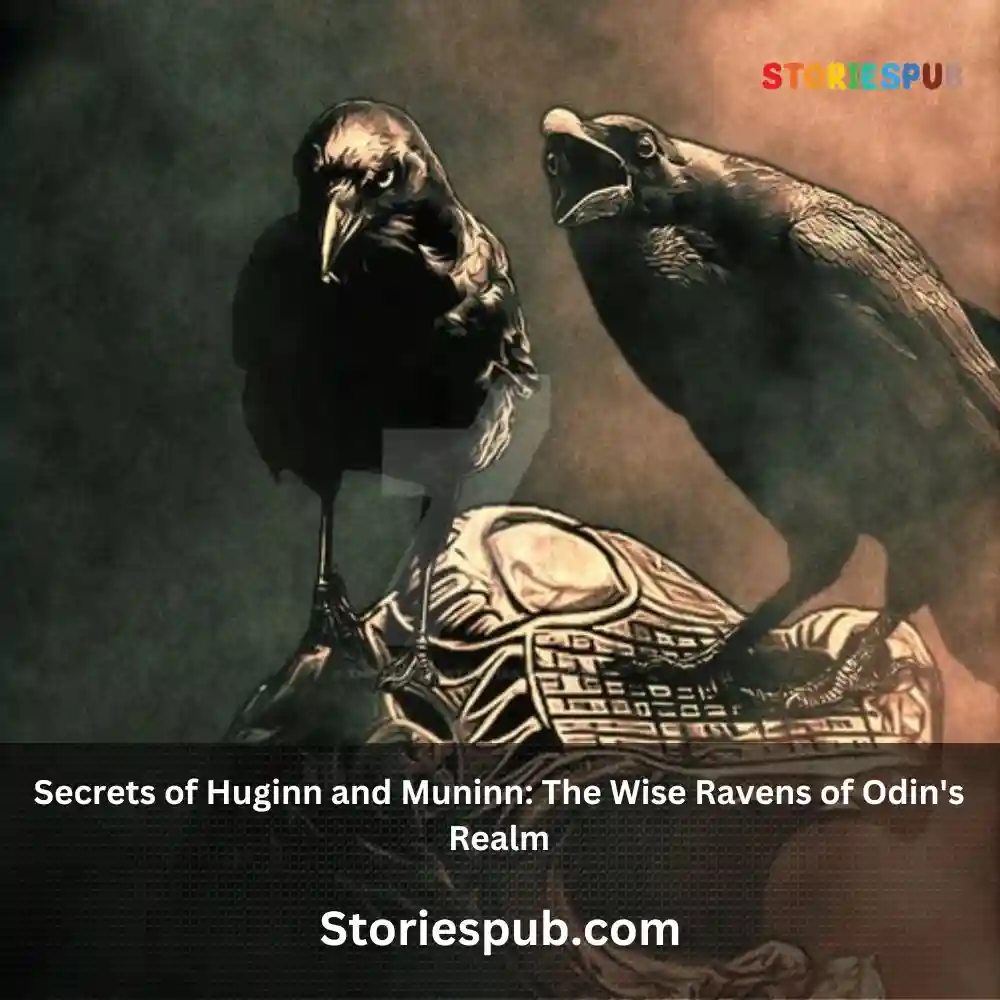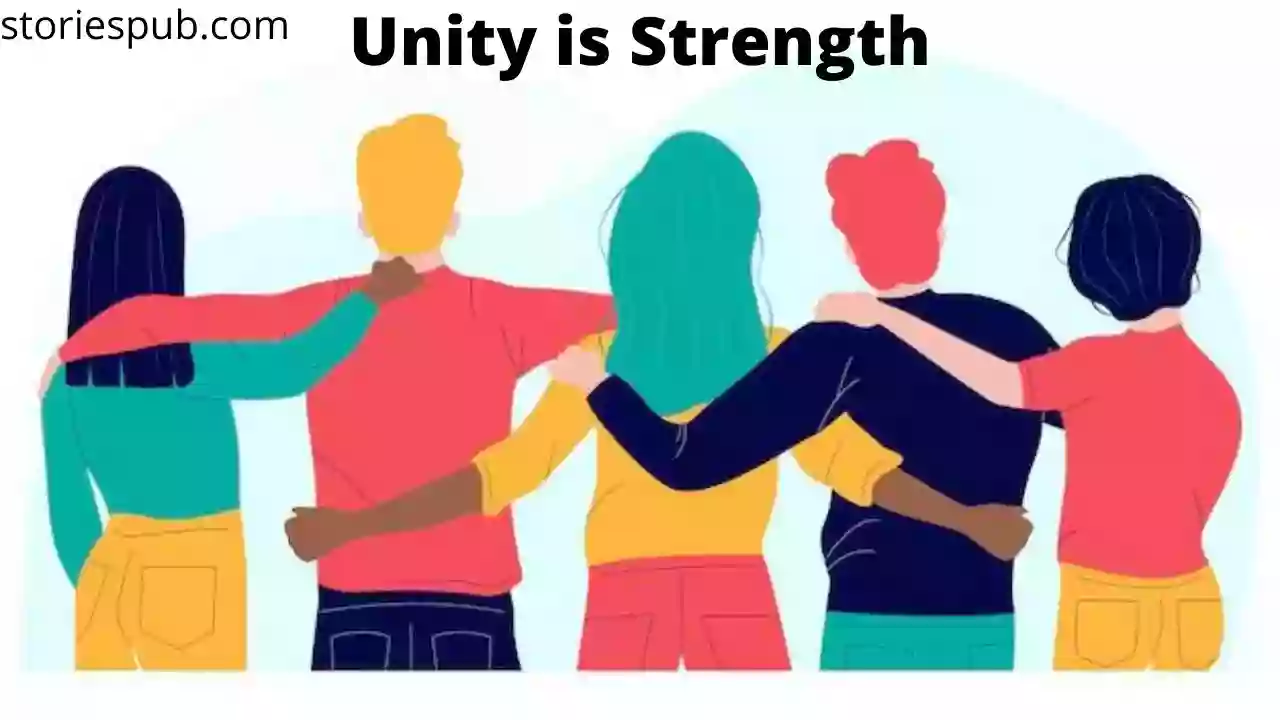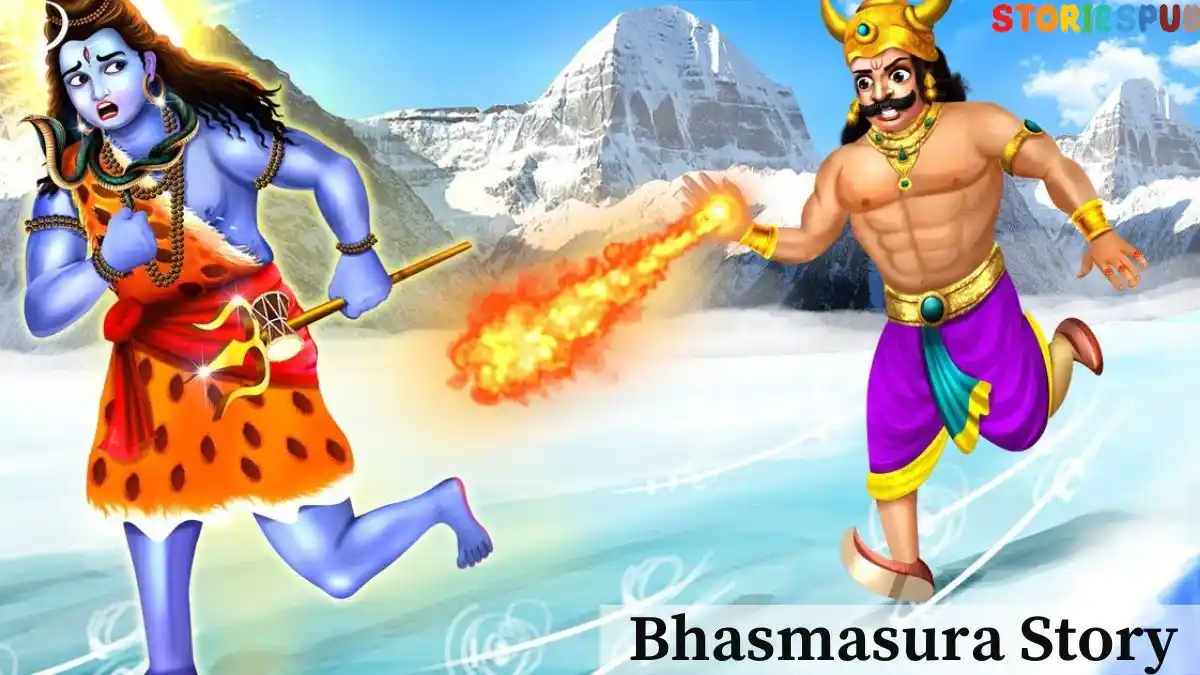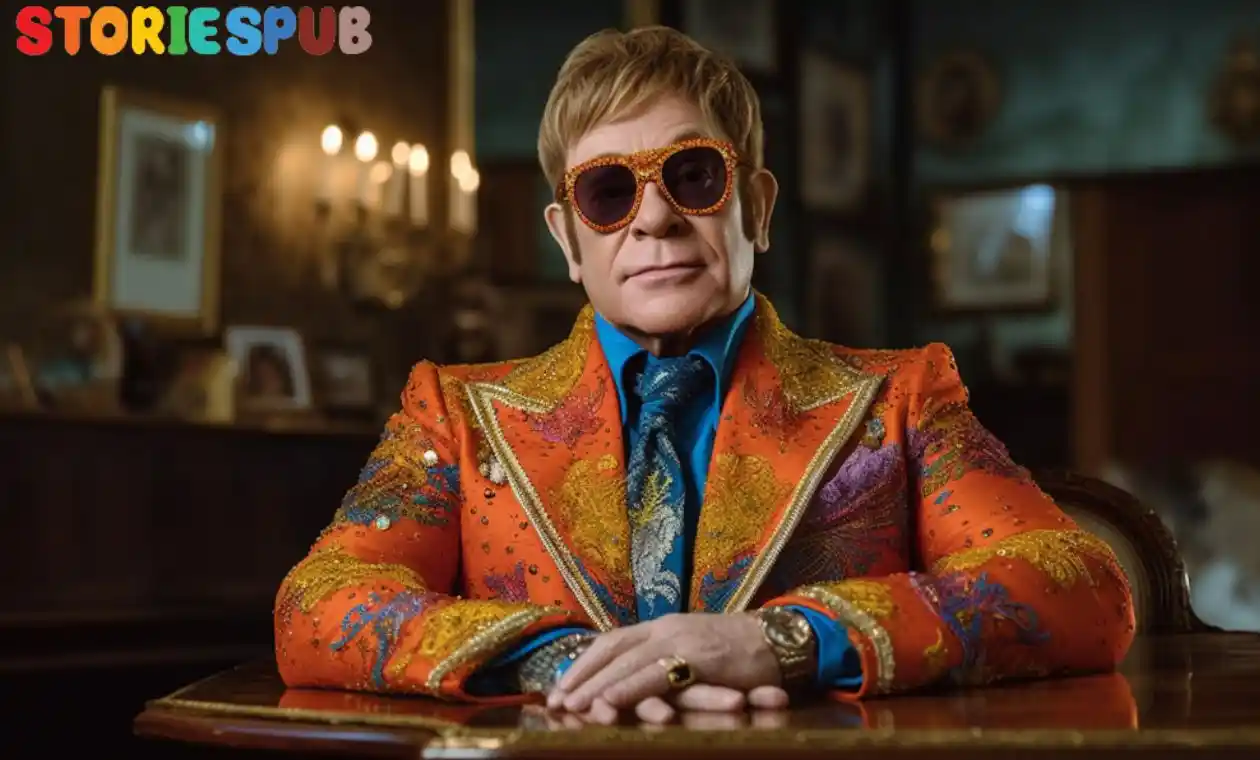The Crow Who Gave Daylight | Kids Story
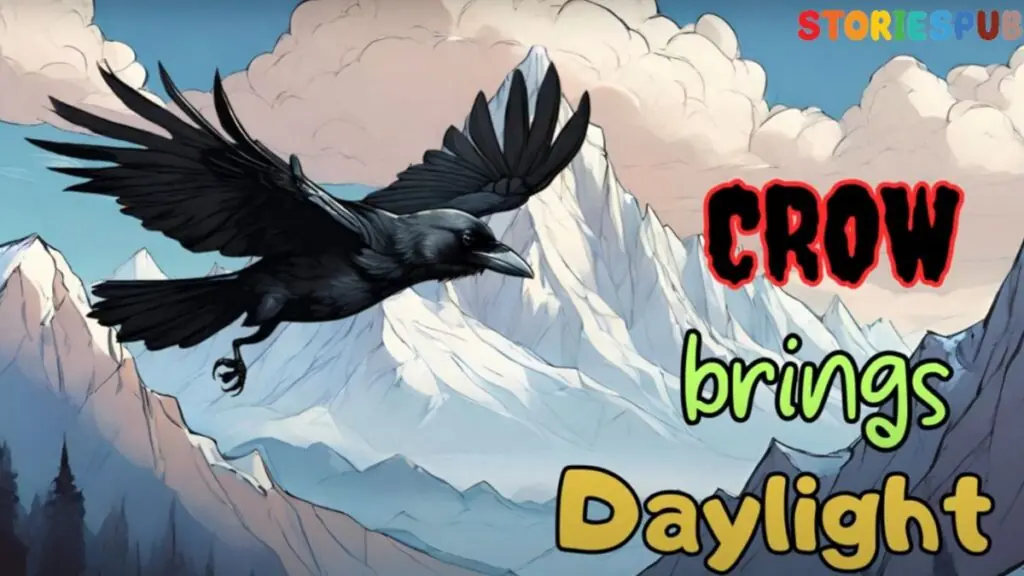
A CANADIAN FOLK TALE
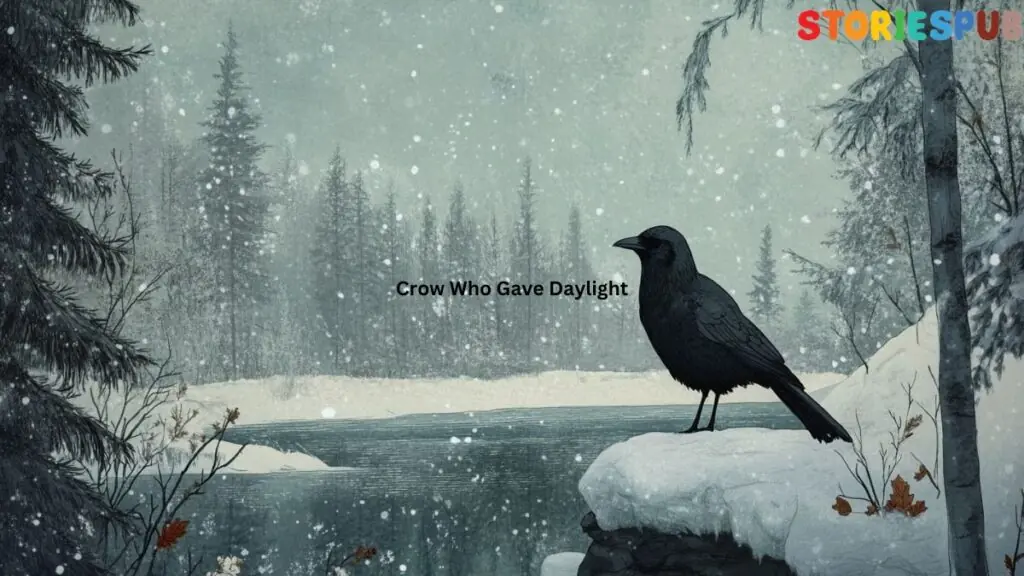
A long time ago, in the Arctic region, lived the tribe called, Inuit. And they lived in dark- ness all their lives for it was always night. They had never even heard of daylight. One day a crow travelled to the north and came across these people. “Oh, you should see day- light. It is wonderfully bright and colourful!” he would often say.
But no one except for the young ones believed him. And they kept talking about it and yearning for it until they started begging the crow. “Oh, please bring us some daylight. We long to see it!” “It’ll help us see better when we hunt!” said one Inuit.
“Yes and it’ll also save us from the polar
bear in the dark!” said another. The crow tried to tell them he was too old. “I can’t travel so far any more,” he said. But thev wouldn’t let him live in peace until he agreed. Finally, he set off on his long journey to the south. He flew miles and miles and grew tired so many times that he stopped fre quently to rest. ‘Oh, will I ever find daylight?’ he thought in despair.
Just when he was about to give up he saw a ring of light. ‘Almost there!’ he thought and flew a little faster. Suddenly the world burst into light and everything was glorious and brilliantly coloured. Blue skies, white clouds, and pretty flowers in every shade – it was wonderful! The crow sat on a tree for a while to feast on this lovely sight. As he watched, a young girl came to fetch water from the nearby river. The crow followed her silently.
she entered a village and went into the house of the chief. The crow, which knew a bit of magic, turned himself into a speck of dust and followed her in. Inside was a box that glowed around the edges. ‘Daylight! thought the crow! ‘I must think of a way get some!’ he decided.
The Chief’s young grandson was play ing on the floor. The speck of dust, which was the crow, sailed through the air and went into his ear. Irritated, the boy started crying. “What’s the matter, little one?” asked his grandfather. The crow whispered in the child’s ear. “Tell him you want to play with a ball of daylight!” “I want a ball of daylight!” shouted the boy. The chief opened the box, removed a glowing ball of daylight, tied a string to it and gave it to him. Thrilled, the little boy started playing with it.
The crow scratched the inside of his ear again. The boy started wailing again. “What’s it this time?” asked the worried chief. “You want to play outside with the ball,” whis pered the crow. “I want to play outside with the ball,” repeated the crying child.
And so the boy was allowed outside. As soon as they were out, the crow flew out of his ear and assumed his real form. He grabbed the string with his claws and flew away in an instant with the ball. Up he took off into the skies, the ball of daylight trailing behind him. For days he travelled while the Inuit waited eagerly. One day they could see a spark of light coming towards them. “It’s the crow with the daylight!” they shout ed with joy.
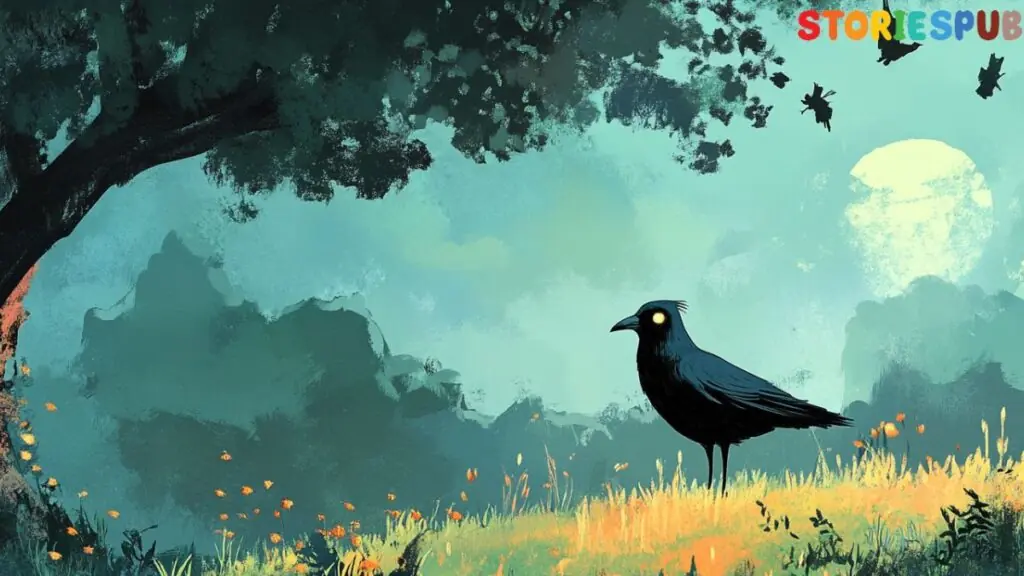
The crow flew nearer and nearer until he reached them. He dropped the ball on the ground where it shattered into pieces. And suddenly there was beautiful, brilliant light! No darkness remained and everything sparkled and shone. Everyone danced and sang merrily to welcome the daylight.
“My dear people,” said the crow, “I could only get one ball of daylight. Therefore this daylight will not last forever. After six months it will grow dark again. And it’ll take another six months to regain its brightness of daylight!” “Oh, never mind,” cried the people, “We love this daylight and even half a year of it is wonderful after living our whole life in darkness!”
The crow was thanked by each and every one of the Inuit. And to this day, they live half a year in darkness and another half in light.
How much did you like the The Crow Who Gave Daylight | Kids Story? Please share your views in the comment box. Also, please share this story with your friends on social media so they can enjoy it, and for more such stories, please bookmark storiespub.com.
Check out other stories that we have:
- 1. Hindi Stories
- 2. Panchatantra stories
- 3. Moral Stories
- 4. Bed Time Stories
- 5. How to Draw
- 6. Scary stories for kids
- 7. Mythological Stories



